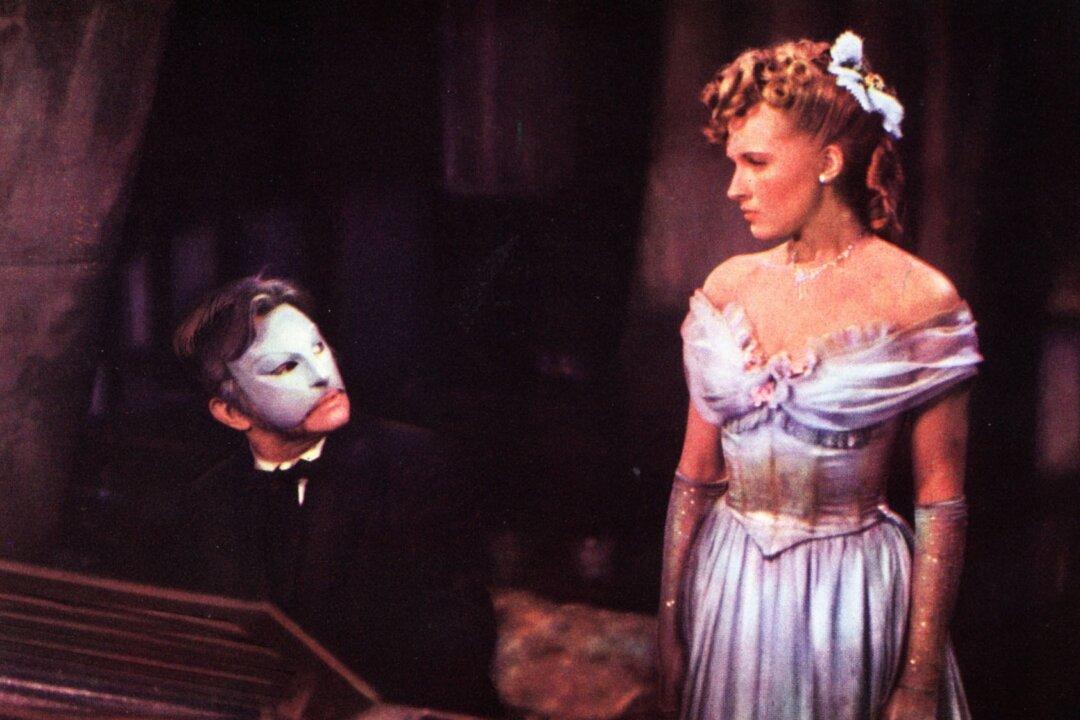Commentary
“The Phantom of the Opera” closed on April 16 after 13,981 performances on Broadway. With 35 years on the Great White Way, Andrew Lloyd Webber’s wildly popular musical has held the record for the longest-running show on Broadway since 2006. However, this was by no means an original story when it debuted in London’s West End in 1986. It started as a 1910 Gothic French novel by Gaston Leroux, and it’s remained a very popular story since then, having been adapted multiple times.





